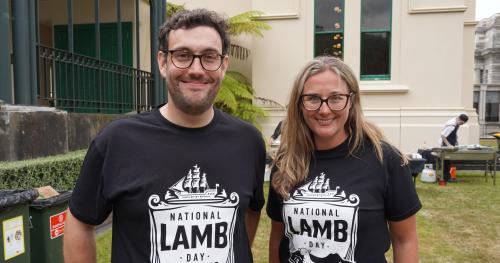Search results
Displaying 241 - 250 results of 1103
- Resource book… ranges cattle sheep proceedings 22nd annual seminar society sheep beef cattle … ranges cattle sheep proceedings 22nd annual seminar society sheep beef cattle …
- Industry datapage 0 17 1 2023 beef lamb new zealand limited also referred lnz lnz economic service economic service all rights reserved work covered copyright may stored reproduced copied without prior written …
- … one sector disproportionately carries burden meeting new zealands targets methane price … one sector disproportionately carries burden meeting new zealands targets methane price …
- … introduces a new approach by establishing an annual ryegrass crop within standing maize … introduces a new approach by establishing an annual ryegrass crop within standing maize …
- News… Have you received B+LNZ Annual Meeting and Western North Island director …

- NewsPrioritising essential expenses and running a ruler over every item of farm expenditure are just two strategies that could be adopted as farmers navigate what is shaping up to be a financially …

- Resource book… arrowleaf clover aim programme get more annual legumes dryland hill country using two … conditions white clover struggles survive annual clovers other hand welladapted dryland … mixtures 10 brassica 75 winterstar annual ryegrass planted after squash seed …
- Industry data… strong outlook export performance 202223 annual average mutton price 202223 season … export value usd 063 estimated 202223 average annual price 611 cents per steerheifer … 18 05 56 29 27 new zealand 34 22 14 49 28 17 annual average change march year note euro …
- Other PDF… limitation farmer expectations lambs meeting appropriate weights lamb processing … limitation farmer expectations lambs meeting appropriate weights lamb processing …
- Factsheetwwwbeeflambnzcom 0800 beef lamb 0800 233 352 farmers farmers molybdenum essential micronutrient particularly clovers plays key role nfixation molybdenum important micronutrient nitrogen metabolism …